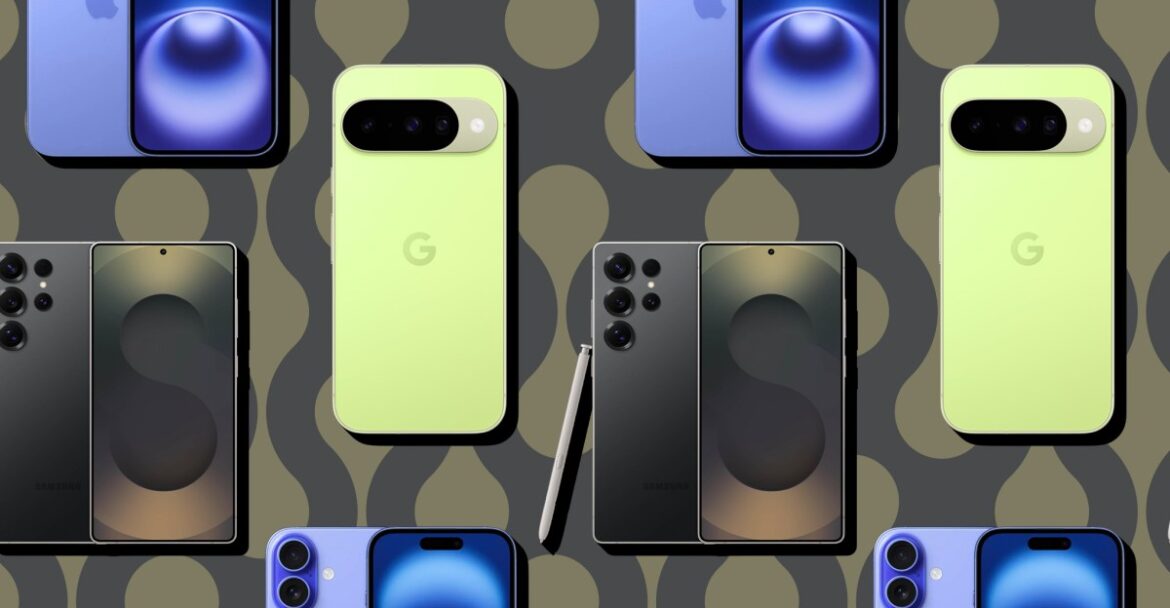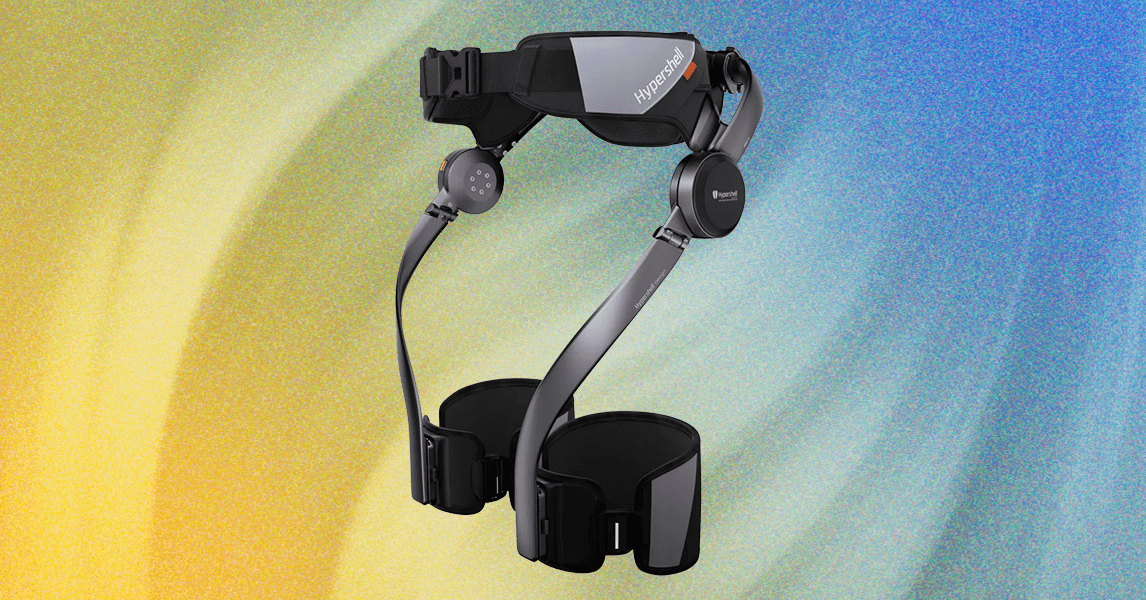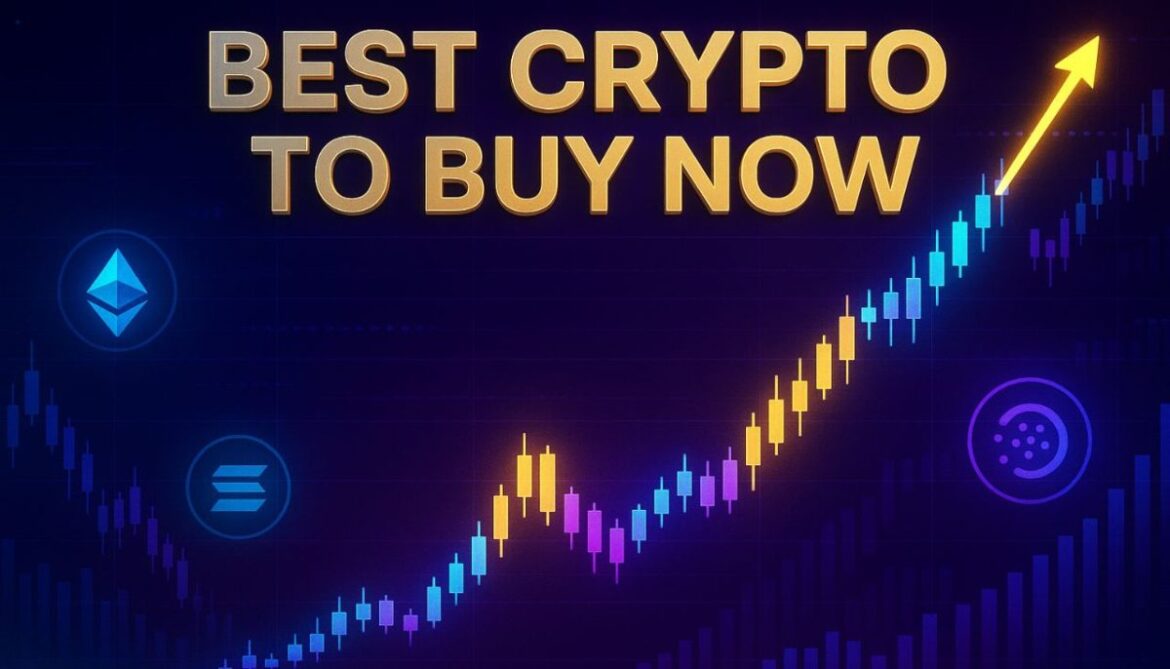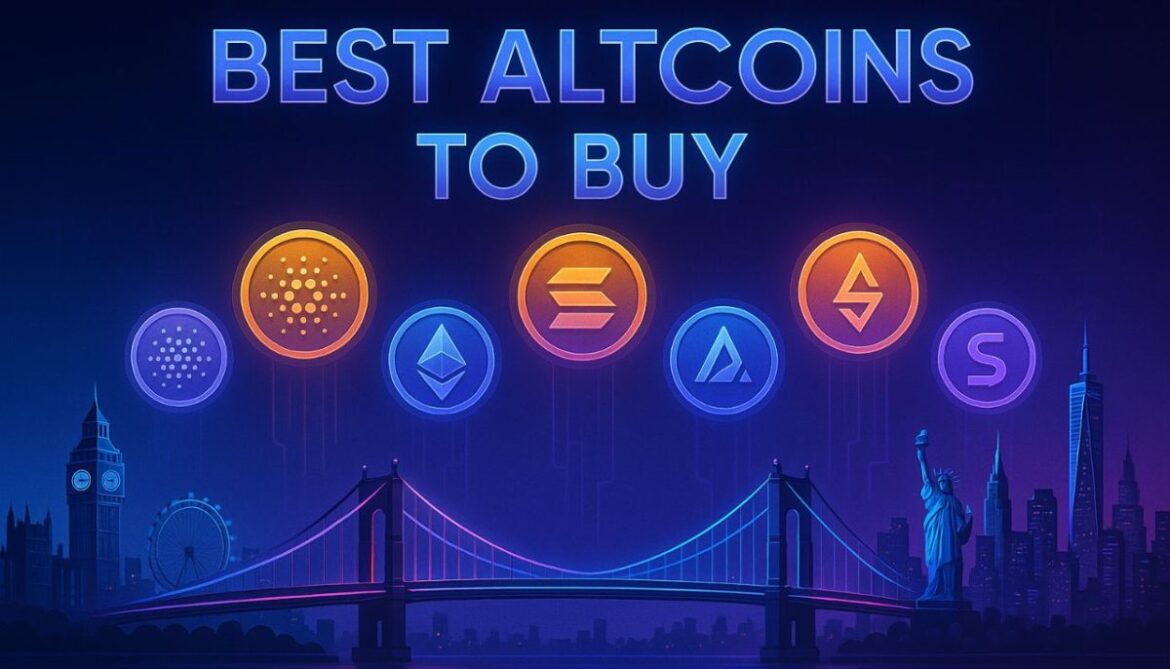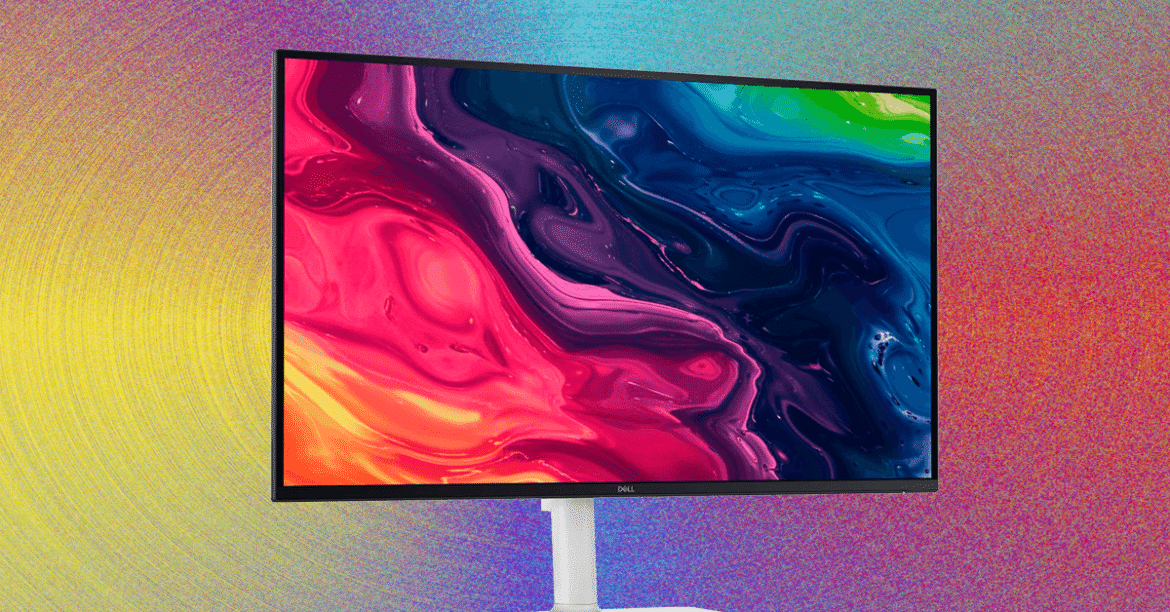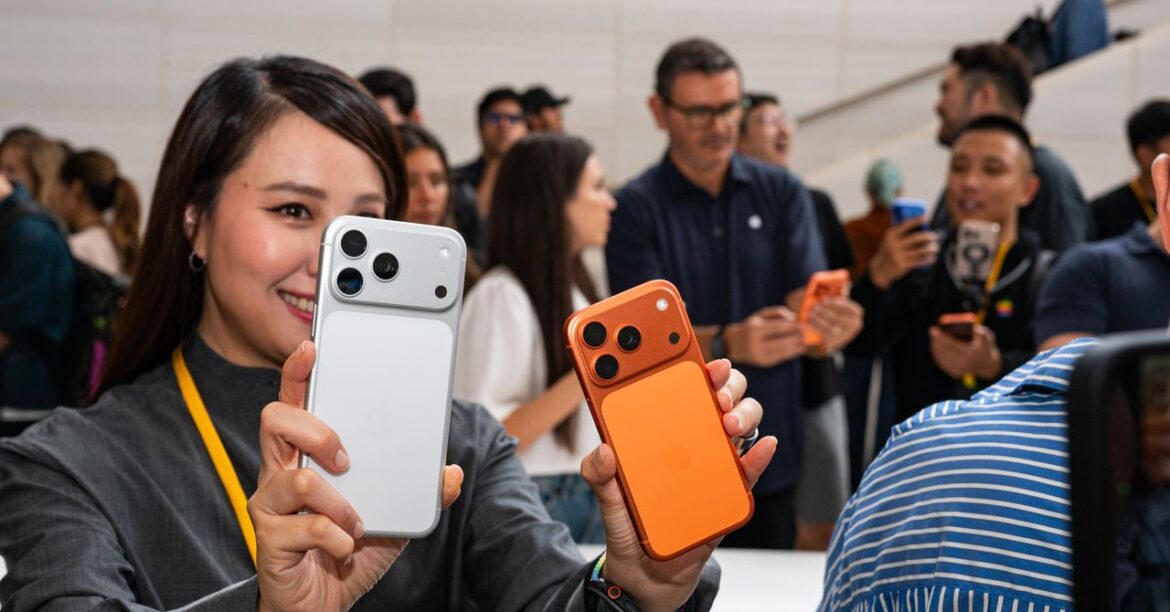Crypto-focused financial technology company MoonPay is set to acquire payments startup Meso.
The acquisition, first reported by Bloomberg on Monday, was confirmed by MoonPay in a post on X.
No financial details of the acquisition nor an estimated timeframe were provided.
“We’re excited to share that MoonPay has acquired Meso to help us build crypto’s largest global payments network,” the company wrote.
Meso’s co-founders Ali Aghareza and Ben Mills, formerly of PayPal and Venmo respectively, will join MoonPay as new chief technology officer and senior vice president of product, the firm added.
MoonPay sees itself as an infrastructure provider for the wider crypto and Web3 industry, whereby other companies can plug MoonPay into their products, akin to Stripe in the traditional payments world.
In a similar vein to its Meso acquisition, MoonPay acquired Solana-powered crypto payment processor Helio for $175 million in January.



